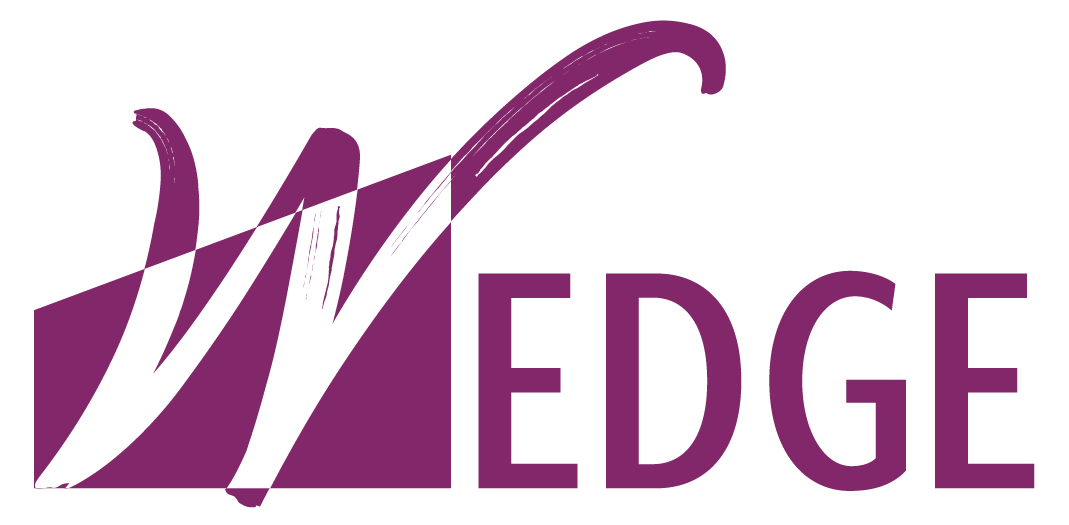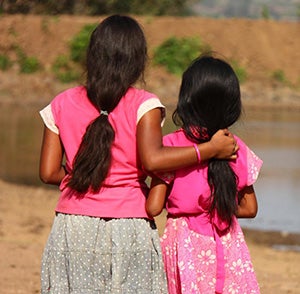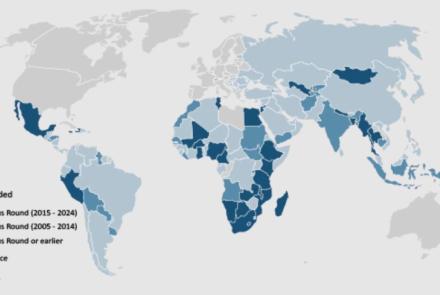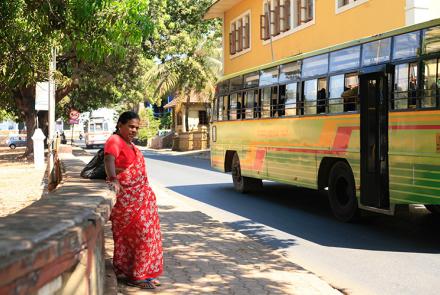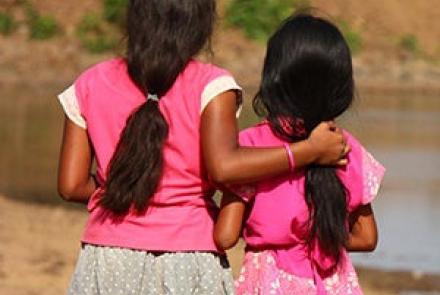LINKED LIVES - CHILD CENTERED POLICIES NEED DATA ON FAMILIES: PERSPECTIVES FROM KARNATAKA, INDIA
By Lekha Subaiya and Amy McLaughlin
There is a need for more research and more information collected systematically on all aspects of children’s lives. Collecting and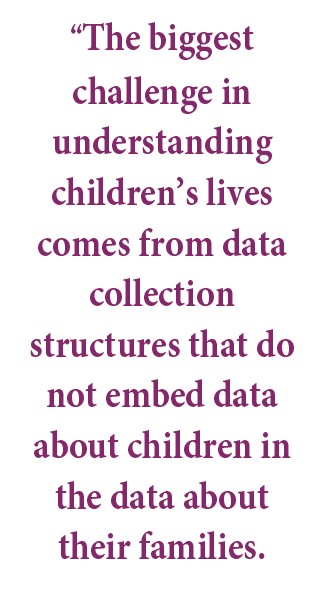 analyzing data that measures the intersections of social characteristics such as gender, social group, income level, education level, region, and sexuality can shed new light on the family as an agent of both traditional socialization but also social change. Research on areas such as sonless families (Allendorf, 2020) or how migration impacts gender roles (Desai and Banerjee, 2008) begins to unravel how the social characteristics of families impact the outcomes for their children. However, data that can highlight these intersections are rare and consequently many important challenges that children face remain invisible.
analyzing data that measures the intersections of social characteristics such as gender, social group, income level, education level, region, and sexuality can shed new light on the family as an agent of both traditional socialization but also social change. Research on areas such as sonless families (Allendorf, 2020) or how migration impacts gender roles (Desai and Banerjee, 2008) begins to unravel how the social characteristics of families impact the outcomes for their children. However, data that can highlight these intersections are rare and consequently many important challenges that children face remain invisible.
In Karnataka, India, children’s lives are changing rapidly. One the one hand, there has been substantial improvement over time in indicators of child wellbeing. On the other hand, disparities across groups and regions persist. Poverty, illiteracy, and social group disadvantage are some of the factors identified as being associated with lower health and nutrition outcomes for children. This blog will highlight what we currently know about children’s lives in Karnataka, and where new data and new ways of collecting information can inform better policy for social change.
The biggest challenge in understanding children’s lives comes from data collection structures that do not embed data about children in the data about their families. The centrality of families in children’s lives cannot be overstated. Consistent with global literature, our research in Karnataka has identified three mechanisms through which families shape children’s lives, each has implications for data collection.
1. Intergenerational Impacts in a Rapidly Changing Economy:
The family provides nutrition, shelter, socialization, healthcare and education in young children’s lives. For example, where children’s healthcare is concerned, the mother’s level of schooling has been found to play an important role in ensuring that children receive appropriate care. The same is true of children’s nutrition. Data from the National Family Health Surveys show that a smaller percentage of children of more educated mothers were likely to be undernourished compared to children of mothers with little or no schooling. Children’s health and nutritional status is also directly related to mother’s health and nutritional status.
While most studies collect rudimentary data on parental education, the long-term impact of changing socioeconomic conditions of the family and its impact on child well-being requires longitudinal data. As children’s lives are integrated with that of their families, interventions need to take into account the intergenerational relations which impact their development. This is particularly important in states like Karnataka where fast growing digital economy intersects with continued engagement in traditional economy, creating rapid change in lives of some families while others are left behind.
- Gathering longitudinal data on the family as a unit can help understand the processes that change social norms and provide some insight as to which families are most likely to make change. In addition, information on children with non-conforming gender identification is severely lacking and the stigma surrounding these identities can be severe.
2. Identifying Key Intervention Points:
While there is substantial agreement on the need for investing in the first 1000 days of children’s lives, precise mechanisms through which this can be done and specific points of intervention need to take regional conditions into account.
One dimension of improving health and nutrition for proper physical and mental development of children is knowledge and awareness of healthy habits and good practices. Thus, if families are not properly aware of the need for children to undergo the full course of basic vaccinations to prevent childhood diseases, then the onus of following up for treatment falls on the health system, with staff at the facility and village level having to ensure that children are brought to the facility over the course of the treatment. If families are properly aware of the need for vaccinations, then the burden on health personnel can be reduced. In this regard, the National Quality Assurance Standards programme (NQAS) is effective as it requires that patients as well as their attendants at public health facilities should be fully informed of the course of treatment in order to improve the healthcare and health outcomes of children.
Childhood is the ideal time to intervene because interventions during pregnancy, childbirth and infancy not only improve the immediate health and wellbeing of the mother and child, there are long-term benefits for both. Proper nutrition and care for the mother will result in a healthy mother, a desirable outcome in itself. As well, a well-nourished mother results in benefits for the child’s healthy growth and development throughout their life course. In addition, there is evidence that social norms are also most malleable among the youth (Levy et al 2020). Education around gender based norms early in life for both males and females can shift beliefs so that long term change becomes possible. Investments in children have life-long and low-cost benefits. Children’s health and socio-economic development has consequences for generations to come.
- Collection of longitudinal data on individual life-course can help identify the crucial junctures in children’s lives where policy interventions can be effective. With a rapidly changing policy environment as well as external conditions, it will be important to examine several cohorts of children whose experiences can help inform future policy design. COVID-19, for example, may have affected children differently based on their age in 2020. Children newly entering school may be more affected by school closures than teenagers.
3. Social Norms and its Transformation in a Changing Economy:
While preference for sons remains strong, gender differences in education and health outcomes have sharply declined. The indicators of healthcare and nutrition for children show minor variations by sex. Further, literacy levels of girls show that elementary level of schooling is almost universal. In 2011, about 95 percent of girls aged 10 to 15 years were literate. At the same time, adolescent marriage and childbearing has decreased in the state, albeit a significant proportion still exists for 18-year-olds and 19-year-olds.
The imbalanced ratio of girls to boys across the districts of the state is of serious and pressing concern. In spite of a lesser apparent bias against girls in Karnataka compared to other regions of the country, families are still showing a preference for sons as evident in the sex ratio at birth of only 910 girls to every 1000 boys being born in the five years prior to the survey conducted in 2015-16 (NFHS 4). An outcome of the demographic transition in the state, the desire for smaller families, has come at the cost of girls being born.
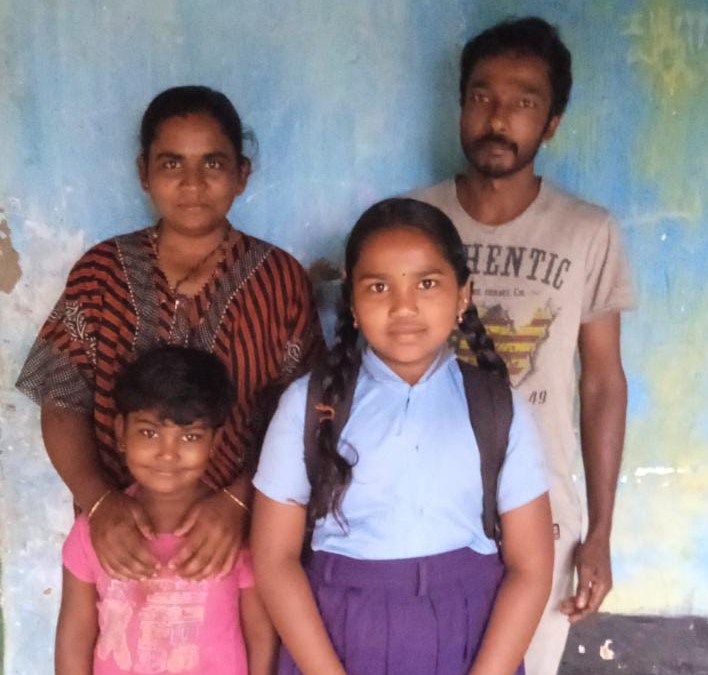
The implications of skewed child sex ratios are being experienced with increased trafficking and violence toward women in regions which have practiced son preference for longer. There are long term implications for society and the economy which are yet to be worked out. Given the cultural norms and expectations of children for families, son preference has become entrenched in Karnataka and will be difficult to overturn unless there is social change to the extent that the burdens that society places on women are reduced and women can share some of the privileges of men. In other words, the roles and expectations for boys and girls should be more similar than different.
The roles and behaviours that are expected of girls and boys have resulted in women being financially dependent on their fathers, husbands or brothers. Knowing how to earn and save money is a good life skill to learn for both boys and girls. Another route to expand girls’ lives is physical activity and sports. Again, cultural expectations limit girls’ involvement in games and sports, resulting in poorer health outcomes across the lifespan. Further, sports are likely to help women become more confident of their bodies and more able to defend themselves against crime and violence. To reduce the intensity of preference for sons, the value of girls to their families has to be increased. Creating effective policy that addresses these issues should encourage the questioning of gender based norms by parents, grandparents, adolescents and children through education and increased opportunities for women of all ages.
- Research and data collection on existing norms and ways in which they change is needed. Karnataka has undergone tremendous economic growth, in-migration on educated and upwardly mobile population and increasing opportunities for girls in its technology sector. How these transformations affect social norms deserves more research.
REFERENCES
- Allendorf, Keera. 2020. “Another Gendered Demographic Dividend: Adjusting to a Future without Sons.” Population and Development Review 46(3): 471-499.
- Desai, Sonalde, and Manjistha Banerji. 2008. “Negotiated Identities: Male Migration and Left-Behind Wives in India.” Journal of population research (Canberra, A.C.T.) 25(3): 337-355.
- Levy et al, 2020. “Characteristics of successful programmes targeting gender inequality and restrictive gender norms for the health and wellbeing of children, adolescents, and young adults: a systematic review.” Lancet Glob Health 8: e225–36.
AUTHORS
- Log in to post comments
